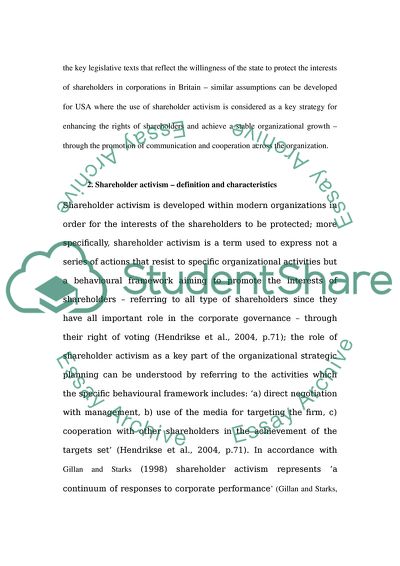Cite this document
(The improvement of Governance Case Study Example | Topics and Well Written Essays - 2000 words, n.d.)
The improvement of Governance Case Study Example | Topics and Well Written Essays - 2000 words. https://studentshare.org/politics/1744673-governance
The improvement of Governance Case Study Example | Topics and Well Written Essays - 2000 words. https://studentshare.org/politics/1744673-governance
(The Improvement of Governance Case Study Example | Topics and Well Written Essays - 2000 Words)
The Improvement of Governance Case Study Example | Topics and Well Written Essays - 2000 Words. https://studentshare.org/politics/1744673-governance.
The Improvement of Governance Case Study Example | Topics and Well Written Essays - 2000 Words. https://studentshare.org/politics/1744673-governance.
“The Improvement of Governance Case Study Example | Topics and Well Written Essays - 2000 Words”. https://studentshare.org/politics/1744673-governance.


